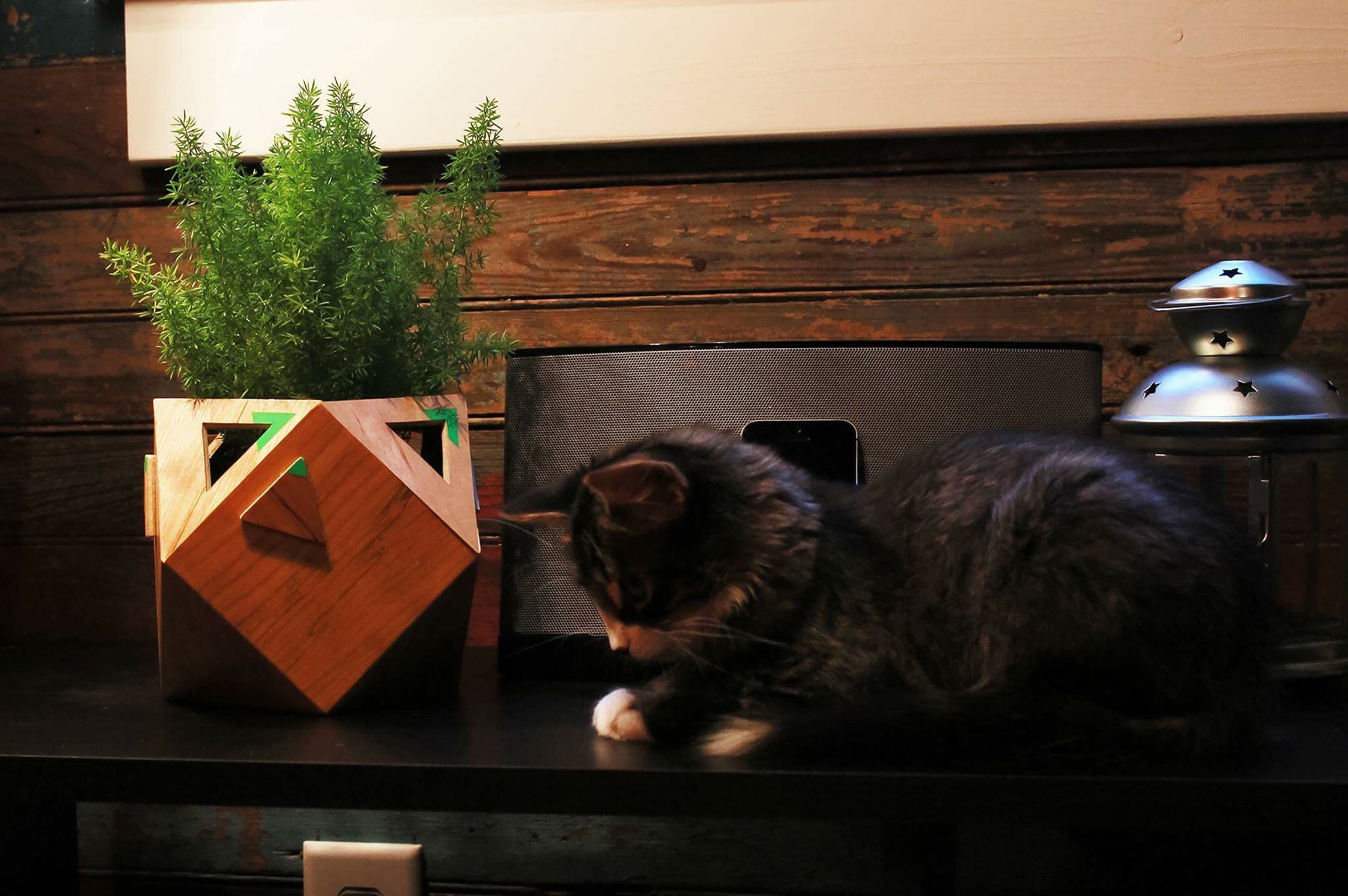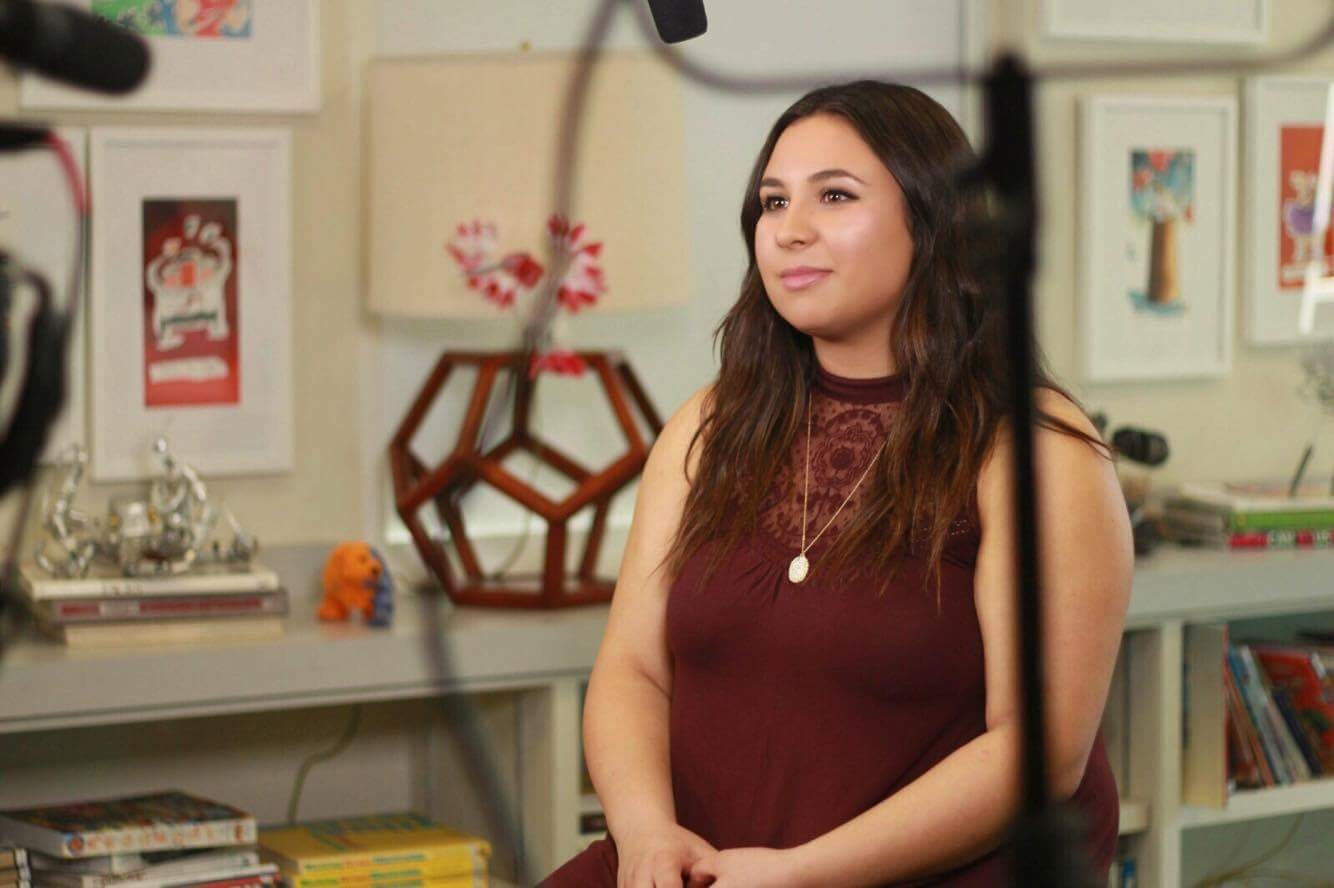Meet Sevgim Akcakil
The SCAD student created the ‘Propago Pot,’ a wooden, geometric container that eliminates the need to repot plants.
By Maria Alvarado, Savannah College of Arts and Design
As an industrial designer and college student, Sevgim Akcakil knows that you need to really love your career in order to reach success and help people.
Since she became an Industrial Design major at the Savannah College of Arts and Design (SCAD), Akcakil discovered that she could do way more than simply reinventing stuff to be prettier or fit with people’s personal aesthetic.
Recently, she came up with the design for a plant pot that subtracts the struggle of having to repot a plant once it is too big for its pot. Unlike the typical containers found at home supply stores, the geometrical shape of the “Propago Pot” does more than act as another modern decorative element. In fact, it’s shape actually hides what makes this plant pot so interesting and relevant to people who are concerned about the environment.

The truth is that many people like to keep plants inside their homes for decorative purposes. Yet, unless they march into the gardening shop already knowing all the do’s and don’t’s about the plant they want to buy, it’s very likely that they will forget how important it is to repot the plant once its roots are too big for its pot.
Repotting might sound like an easy task, but just by looking up the instructions on how to repot a plant, one will quickly run across the many ways in which you can also kill your plant by repotting it.
Akcakil’s “Propago Pot” has panels on the sides, which means that all that people need to do is open them to create more space for their plants. This innovative design earned the Industrial Design SCAD student gold in the category of Sustainable Living/Environmental Preservation/Urban Sustainable Design in the last International Design Awards.
I talked with Akcakil over the phone about her invention.
Maria Alvarado: Let’s start by talking about your school and major. Why did you choose Industrial Design?
Sevgim Akcakil: Growing up I liked to do a lot of artistic things. So, when I was choosing my university I realized that I wanted to go to an art school. SCAD had a lot of opportunities and different majors to choose from.
MA: Do you have any focus for your career or major?
SA: I like to combine industrial design with fashion, making products that are aesthetically pleasing but also problem solving.
MA: I see that a lot of people are interested in the self-expandable pot you created, the “Propago Pot.” What was the creative process to create it?
SA: The first thing was that our teacher gave us a prompt in class. He told us that we had to design a self-sustaining artifact for plant growth, and that’s all he told us to do. So we sketched a lot of ideas—over a hundred sketches of ideas for making a planter. We researched the different issues that plants have that we needed to address to make the plants grow better. Once I had found a direction I wanted to go into, I did more sketching and aviation for that specific idea.
The “Propago Pot” is expandable, so it had a lot of sketches that involved the planter opening up or moving different pieces to make it bigger. My inspiration for the design came from geometric shapes and sculptures. From there, I finalized what it would look like, and made prototypes of the pot out of paper and cardboard. Once I was satisfied with the way the prototypes looked like, I made the final one out of wood.
MA: I think that it’s interesting that the “Propago Pot” started in a classroom, especially since the goal was so specifically directed towards plant growth. Did creating the “Propago Pot” make you more interested in environmental design?
SA: Yes. It was interesting researching about plants and how the way they are potted affects their life. For example, if you don’t move your plant into a different pot, the roots will stump and the plant will die eventually. That’s what happens to a lot of plants that are kept in homes. People forget to move the plant to a different pot or don’t know that they have to. My design helps the plant last longer, because it gives the plant a lot of room to grow. Once the plant needs more space, all you have to do is open the panels on the sides.
MA: So the main purpose of the “Propago Pot” is making keeping home plants an easier task. What would you say is the main focus of most of your designs?
SA: I like to focus on problem solving. The designs that I have made so far address an issue. Another product I made was encouraging wellness. I want to make products that encourage a healthier lifestyle. I try to make products that help people instead of stuff that is simply decorative or just “there.”

MA: What do you love most about your career?
SA: I like designing and coming up with ideas for something that already exists. Redesigning is a big part of design, because it allows people to discover new aspects of the same item.
MA: What would you say is the most demanding part of industrial design?
SA: I think that coming up with so many ideas and then finalizing it into one idea. The quantity of ideas you need to come up to before you can actually pick one direction can be a little overwhelming.
MA: Honestly, I’m constantly surprised by the impact that changing and reinventing products can have in peoples’ lives. But, do you think that your career has impacted your life in any way?
SA: I think looking at different situations and how people interact with products has changed the way I see people.
MA: Since industrial design is an area that is growing more popular as different companies seek new ways to rethink or reinvent products, it wouldn’t be surprising to see more people become more interested in choosing it as their major. What advice would you give to people who are interested in becoming industrial designers?
SA: I would say that if you have never heard of industrial design but it’s something that you have recently grown interested in, you should try it. When I went into the program, I hadn’t heard much about the major.
If you don’t know much about industrial design, you can learn about it by doing research. You don’t necessarily need to know everything about the industry. You learn along the way, and if you put effort into it, you will be really successful even if you had no previous education before starting your career.
















[…] Read the full article from the Source… […]
[…] Read the full article from the Source… […]
[…] Read the full article from the Source… […]
[…] Read the full article from the Source… […]